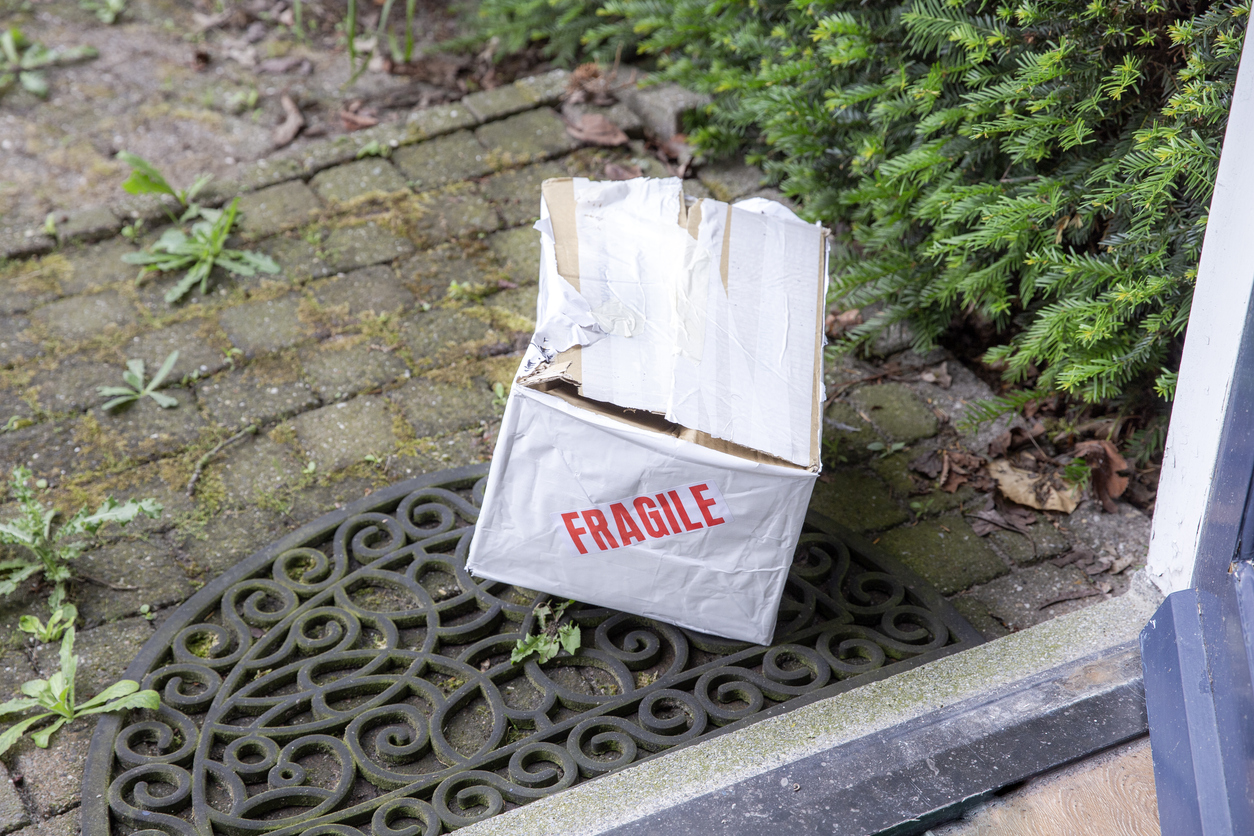The Hidden Cost of Claims Delays: How Inefficient Recovery Erodes Retail Margins
Lost or damaged shipments of high-value and technology merchandise are more than just a momentary setback. They affect nearly every part of your operations and quietly bleed margin dollars. Many retail leaders treat claims as a back-office formality. But in fact, claims delays or denials impact cash flow, supplier partnerships, inventory cycles, and even customer trust.
In this article, we’ll take a look at the actual cost of inefficient claims processes, outline typical bottlenecks in the claims lifecycle, and show how modern, digital-first claims management can protect working capital and preserve retailer reputation.

Why Slow Claims Hurt More Than You Think
Slow claims hurt your business in many ways, including reducing cash flow, putting pressure on margins, and impacting customer trust.
Strained Cash Flow and Working Capital
Every day your insurer or carrier sits on a claim approval, your business is effectively absorbing the loss. Instead of recovering that capital, you’re left to fund replacements, expedite shipments, or reallocate reserves. Over time, these “floating losses” reduce the cash-on-hand that you need to buy more inventory, launch marketing campaigns, or invest in growth initiatives.
Margin Pressure Due to “Invisible Costs”
It’s not just the direct replacement cost you absorb when shipments are lost or damaged. When you rush to fulfill replacement orders for customers impacted by damaged goods, you may resort to expedited freight or overpay carriers. These extra charges, often unbudgeted, eat into your margin. A recent industry analysis noted that LTL shippers paid, on average, $1,988 per damaged or late shipment in 2022.
Disrupted Reorder Cycles and Supplier Negotiations
If capital is tied up waiting for payments, you may delay reorders or have to negotiate unfavorable supplier terms (e.g. advance payments or smaller order volumes). Over time, suppliers may lose confidence in your ability to pay on time, weakening your negotiating leverage.
Customer Frustration and Reputation Risk
Customers whose orders are delayed or never fulfilled due to claims issues may lose trust in your brand. In premium jewelry or tech categories, just one negative experience can lead to negative reviews or lower lifetime value. You may spend far more to win back that customer than the cost of a faster claim.
Where do Claims Delays Occur?
Claim delays can happen at any point between the time a loss happens and the time the claim is paid out.
In many organizations, manual workflows, fragmented systems, and little visibility are to blame. However, many claims bottlenecks can be eliminated by implementing digital tools that centralize documents and automate status updates.
Reducing Delay Risk: Best Practices for Retail Leadership
Here are the best practices retail leaders should insist on when evaluating claims workflows or insurance partners.
Standardize Documentation & Enforce Completeness
Require a claims submission checklist (proof of delivery, photos, packaging evidence, shipper invoice). Use web forms that force required fields—so incomplete claims don’t even get filed.
Automate Workflow and Alerts
Use software that tracks deadlines (e.g. statute of limitations, carrier claim windows), sends reminders, and flags stalled cases to managers. Automation prevents claims from slipping through cracks.
Integrate with Shipment Visibility Data
If your claims tool taps into real-time shipment tracking data (e.g. delays, route deviations, sensor alerts), you can pre-populate incident reports and reduce back-and-forth questioning about what went wrong.
Use Analytics to Identify Recurring Loss Patterns
Within your claims platform, examine trends—for example, “Carrier X on Route Y has double the damage rate”—and renegotiate contracts or change carriers accordingly.
Engage with an Insurance and Insurance Technology Provider
Choose a partner that has both the technology and expertise to integrate into your existing systems and can settle your claims quickly and without unnecessary headaches.
A Hypothetical Scenario
Imagine a retailer ships $500,000 worth of electronics in a container, and 2% suffers damage or loss (i.e. $10,000 exposure). The retailer submits a claim via manual email and PDF processes. It takes 90 days to recover only 70% of that claim after back-and-forth. Meanwhile, they’ve had to pay $3,000 in expedited replacements, delayed reorders, and deal with unhappy customers. Their “realized” loss might balloon to $5,000–$7,000 on top of the original damage.
If instead they used a specialized insurance and technology partner that provided real-time visibility, API integration, and automated claims processes, the additional losses would shrink, working capital stress would ease, and suppliers and customers would stay confident.
Why Timely, Transparent Claims Processing Matters to High-Level Retailers
Retail executives often see insurance as a risk-hedging cost. But when claims delays go unchecked, they become a drag on core business drivers.
• Cash optimization: Faster claim recovery means more liquidity for investment, higher turnover, and better financing terms.
• Supply chain resilience: You can maintain stable reorder cadence and supplier terms even under loss events.
• Brand assurance: In high-value segments, customer expectations are high; efficient recovery reinforces confidence.
• Strategic leverage: The way you handle claims can become a competitive differentiator in B2B or premium retail sectors.
Thus, “shipping claims management” is not merely a logistics issue, it’s part of margin protection strategy.
If your brand is ready to improve its shipping insurance and claims processes, contact Cabrella today.
Keep Checking Out Our Other Posts
Subscribe for Email Updates









